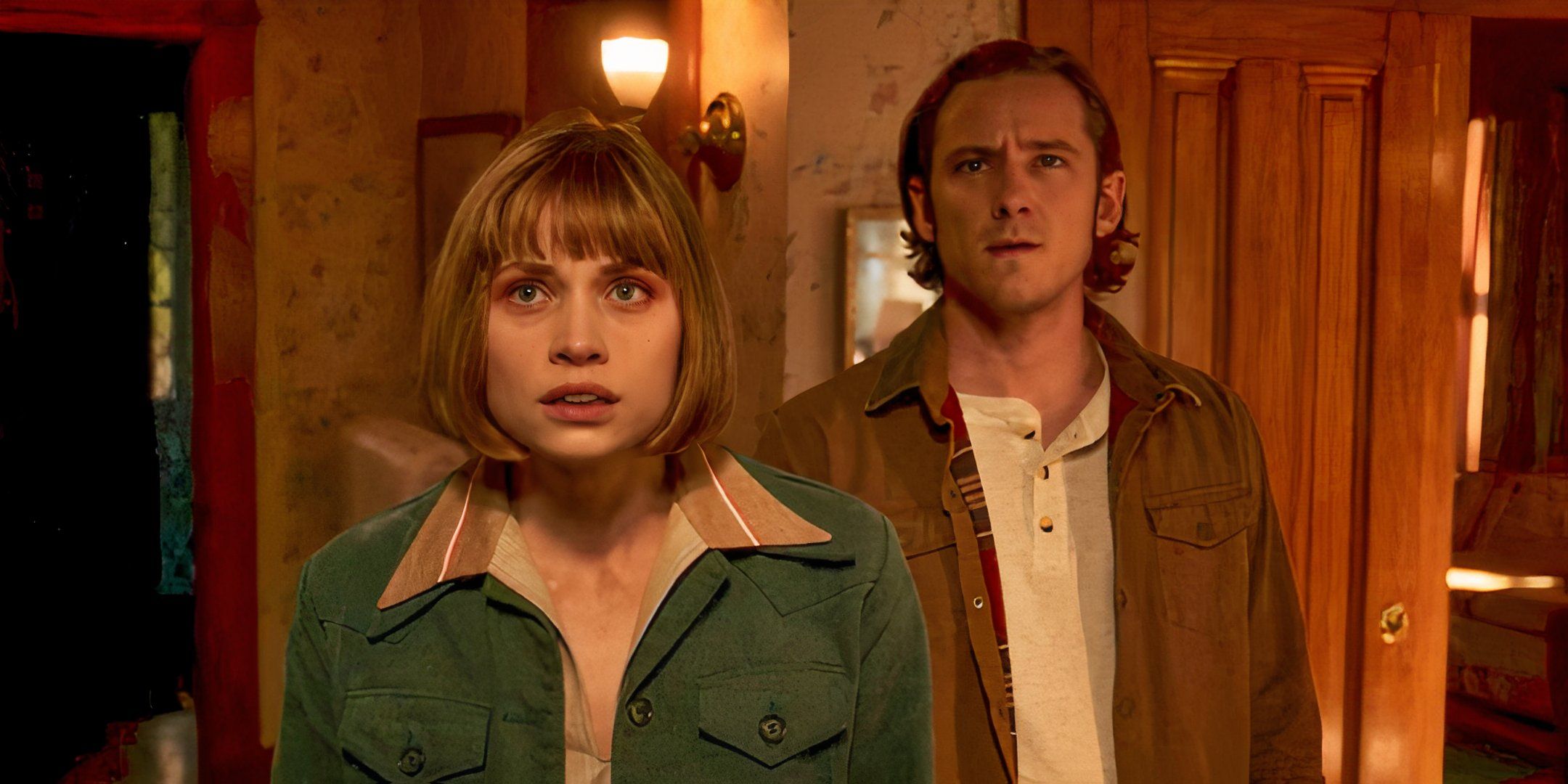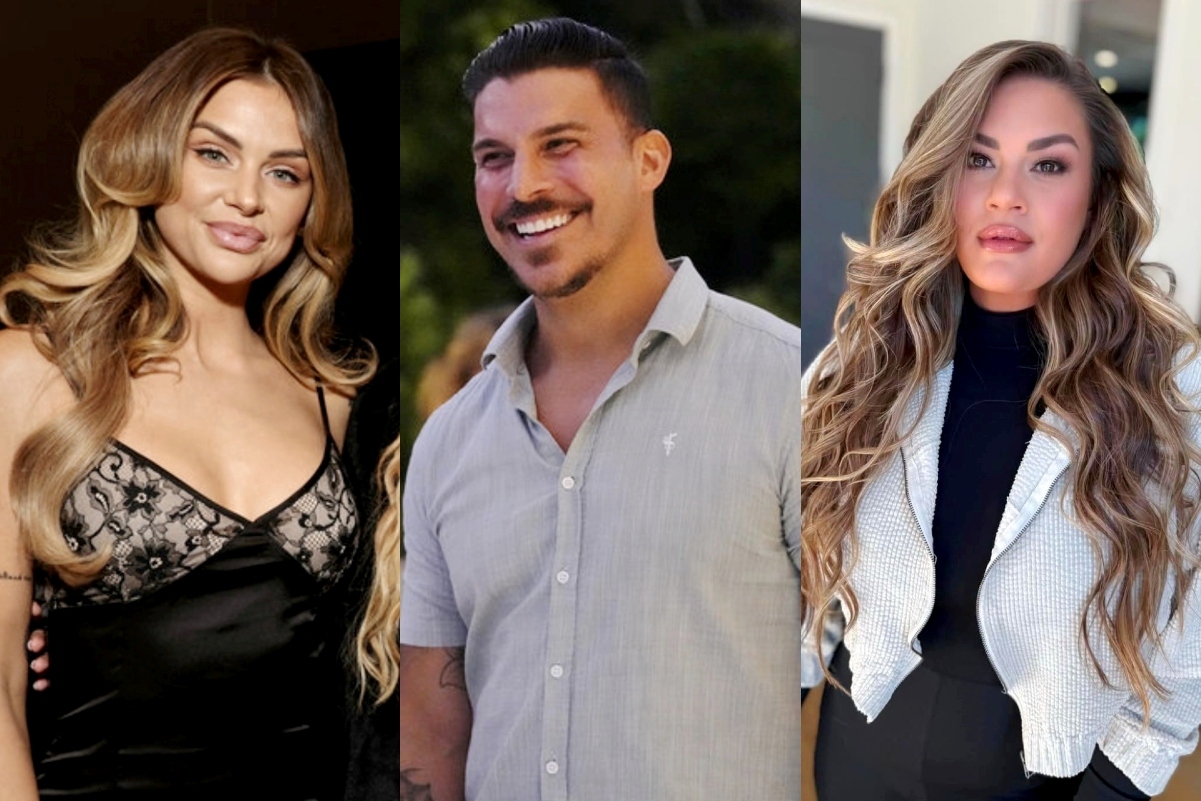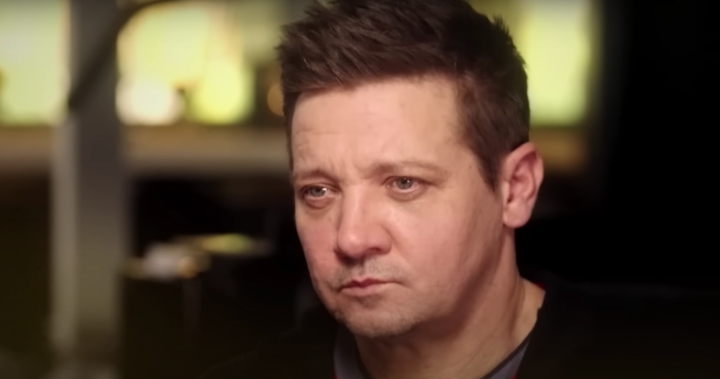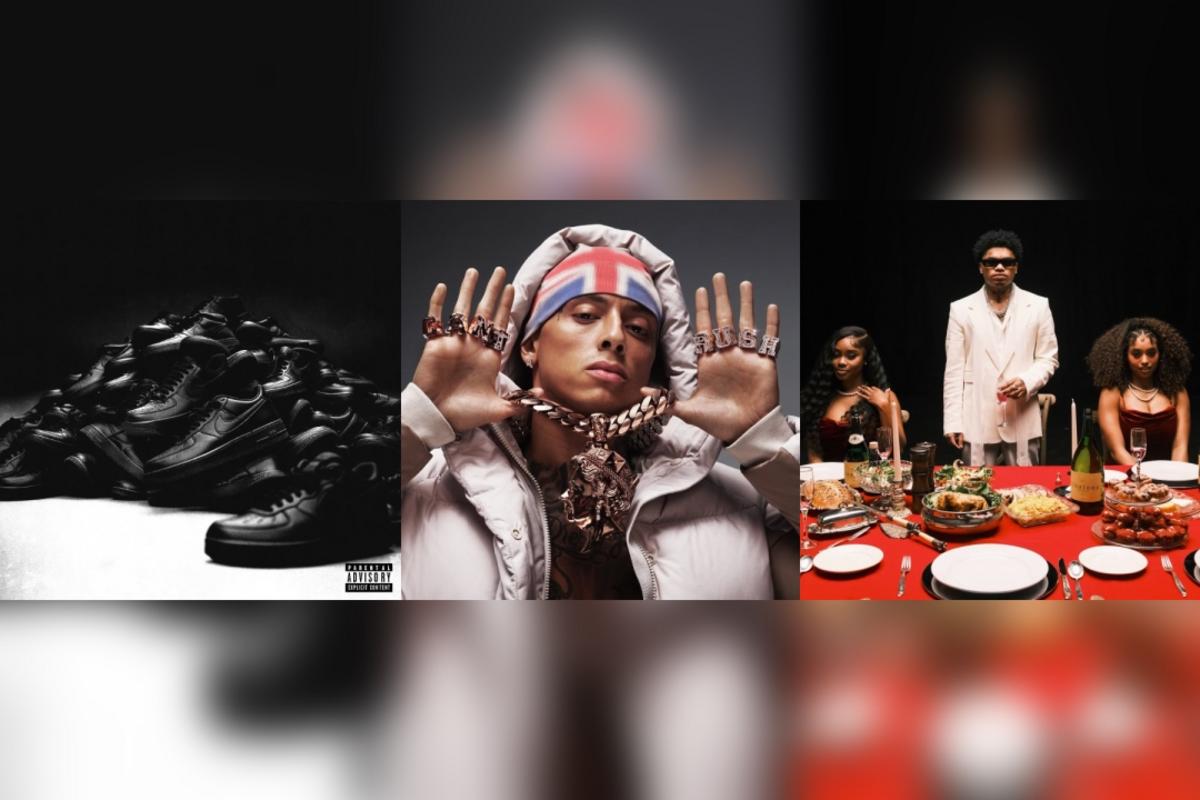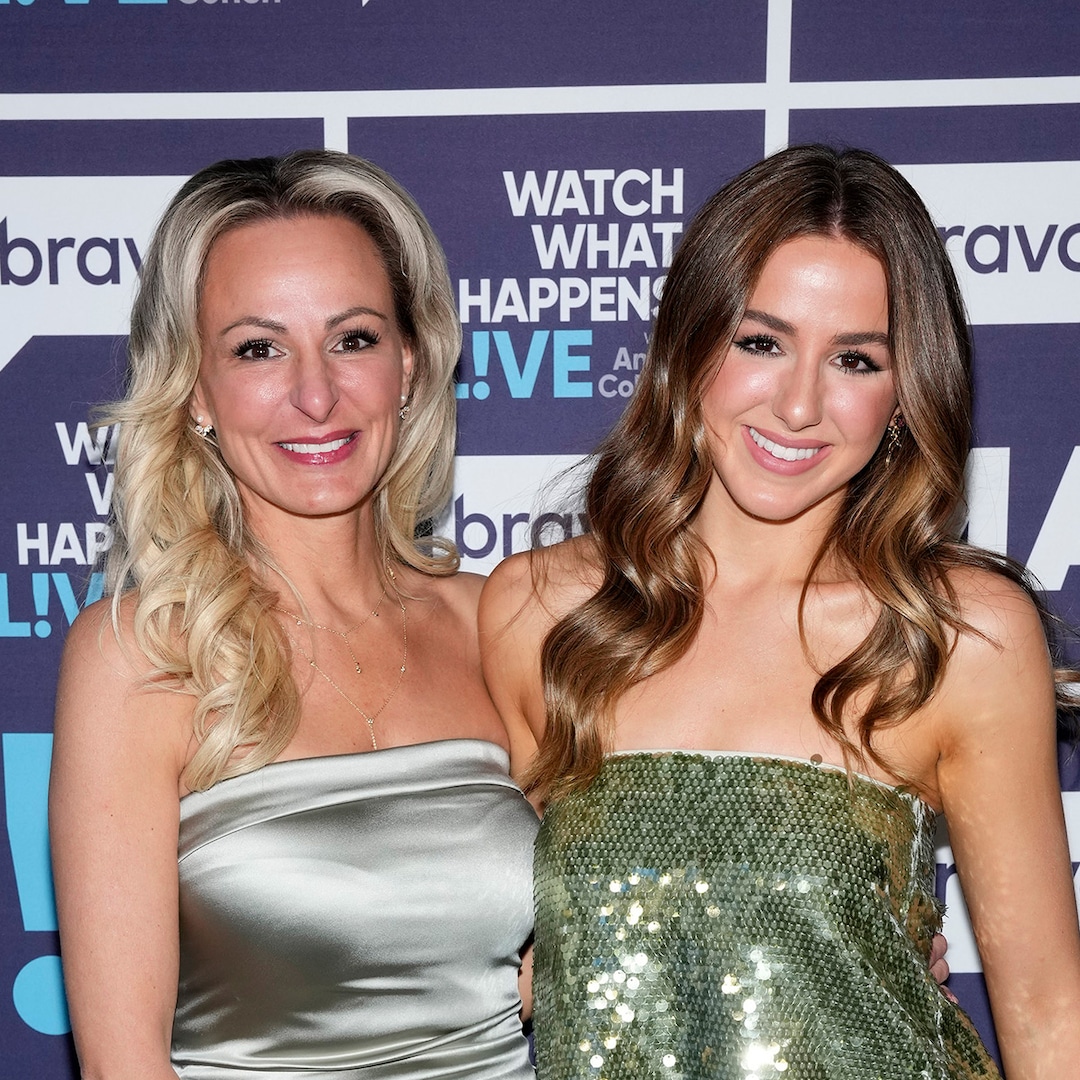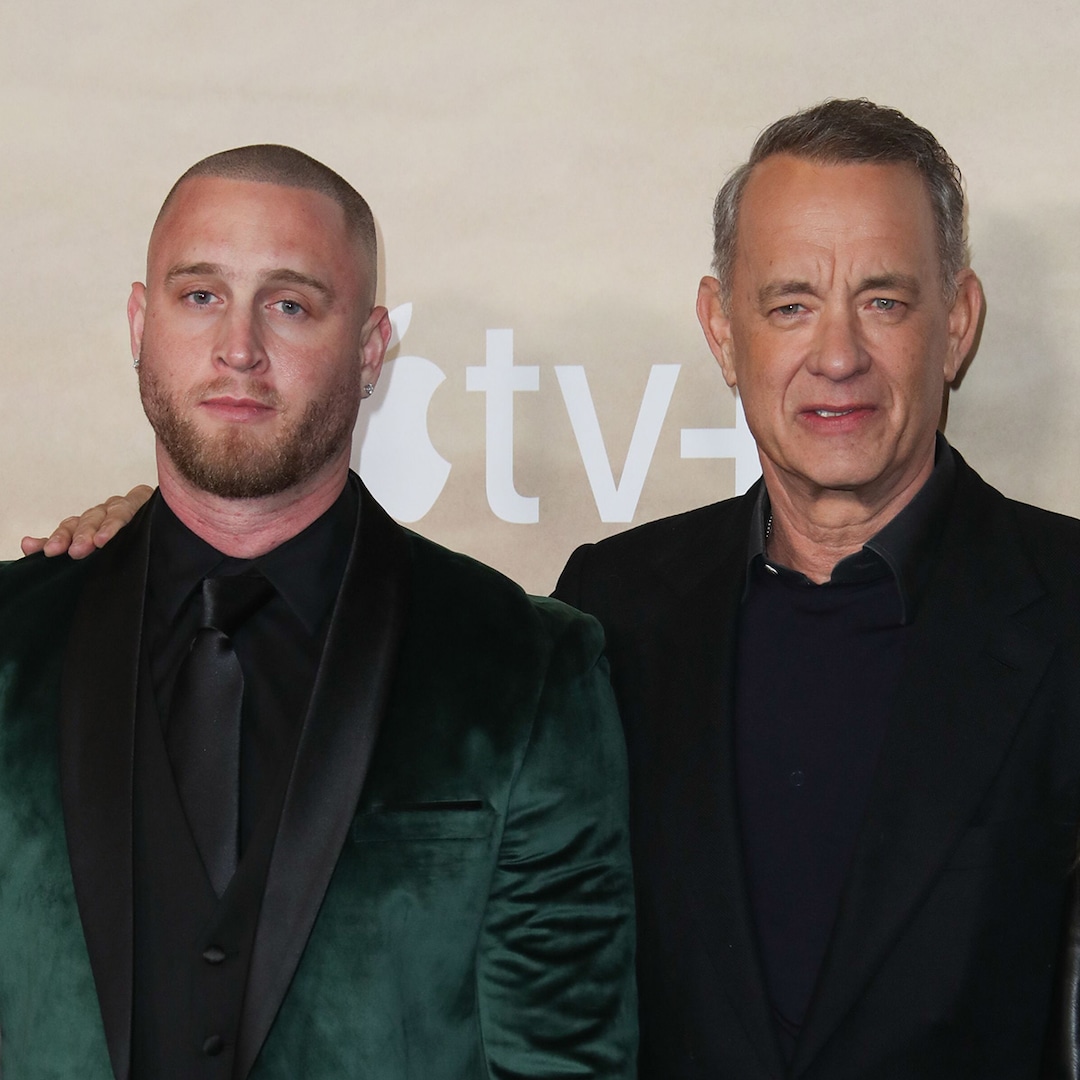After two years of patiently waiting for The Last of Us season two, it’s hard to believe we’re now impatiently waiting for season three. These games are beloved by millions around the world, and it’s been an exciting, albeit emotional, ride seeing it bloom into one of the best video game adaptations of all time. The first season broke numerous records and revitalized the love for the story for many gamers, alongside welcoming those unfamiliar with the story to the cordyceps-stricken world of The Last of Us. But how did the show’s second season ultimately fare in comparison?
Arguably, seasons one and two are almost as good as the other in their own ways. The first will forever hold a special place in the hearts of millions of fans, while the second, undeniably meaning more to gamers at this point in time, has held almost as strong as its predecessor in certain forms. They both have their strengths and the occasional weakness, but the second season has split fans a lot more than the first. However, it’s nowhere near as bad as some will have others believe. Here are some reasons why season two of The Last of Us is both better and worse than season one.
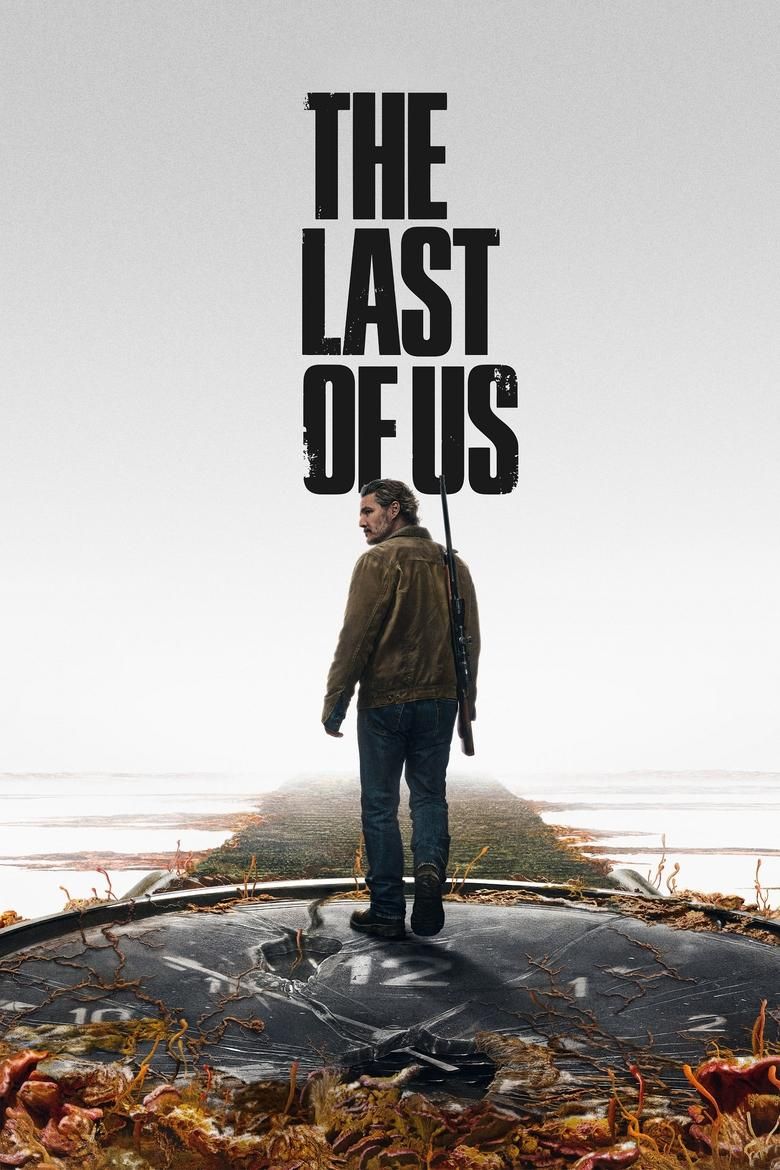
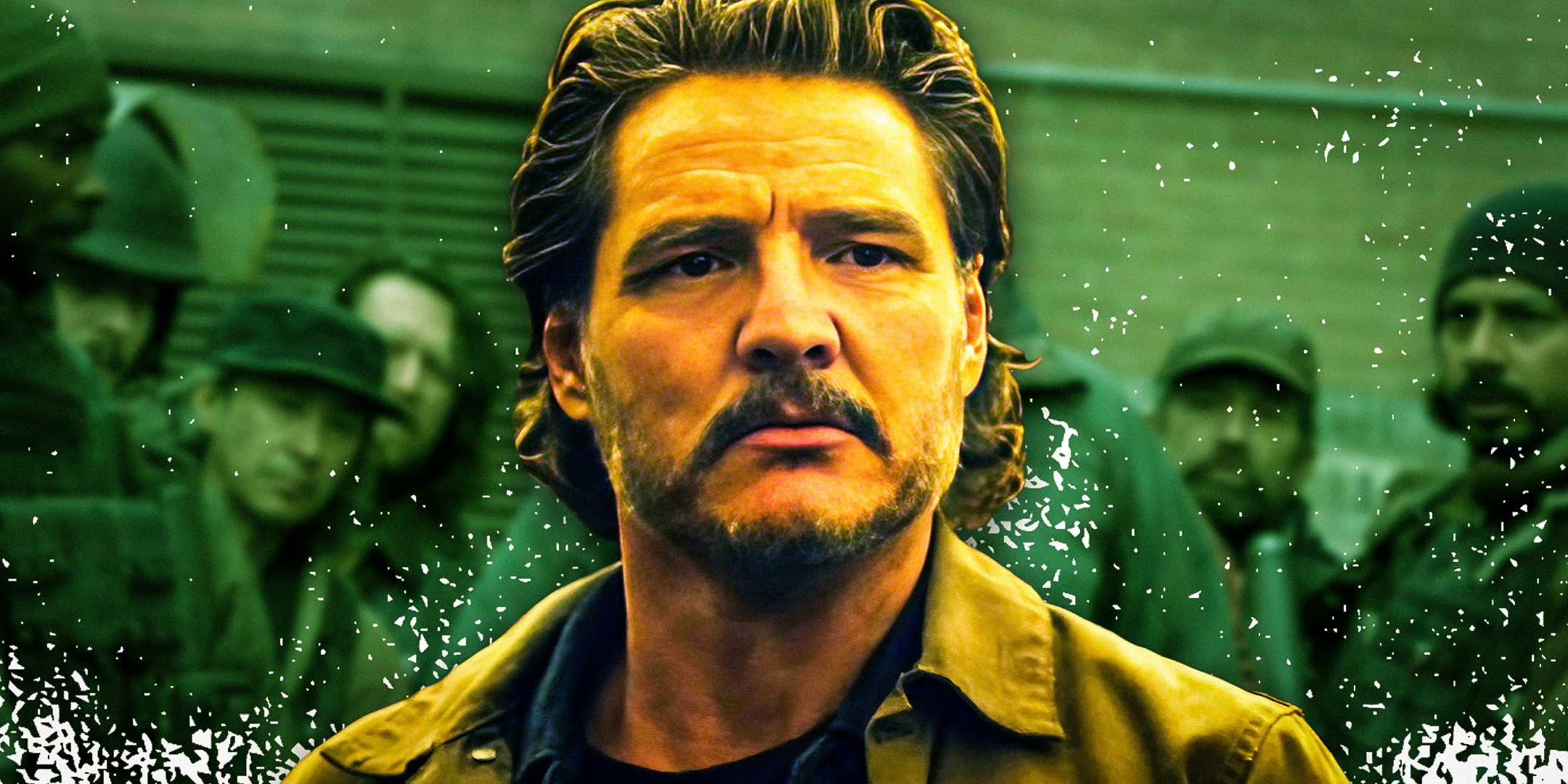
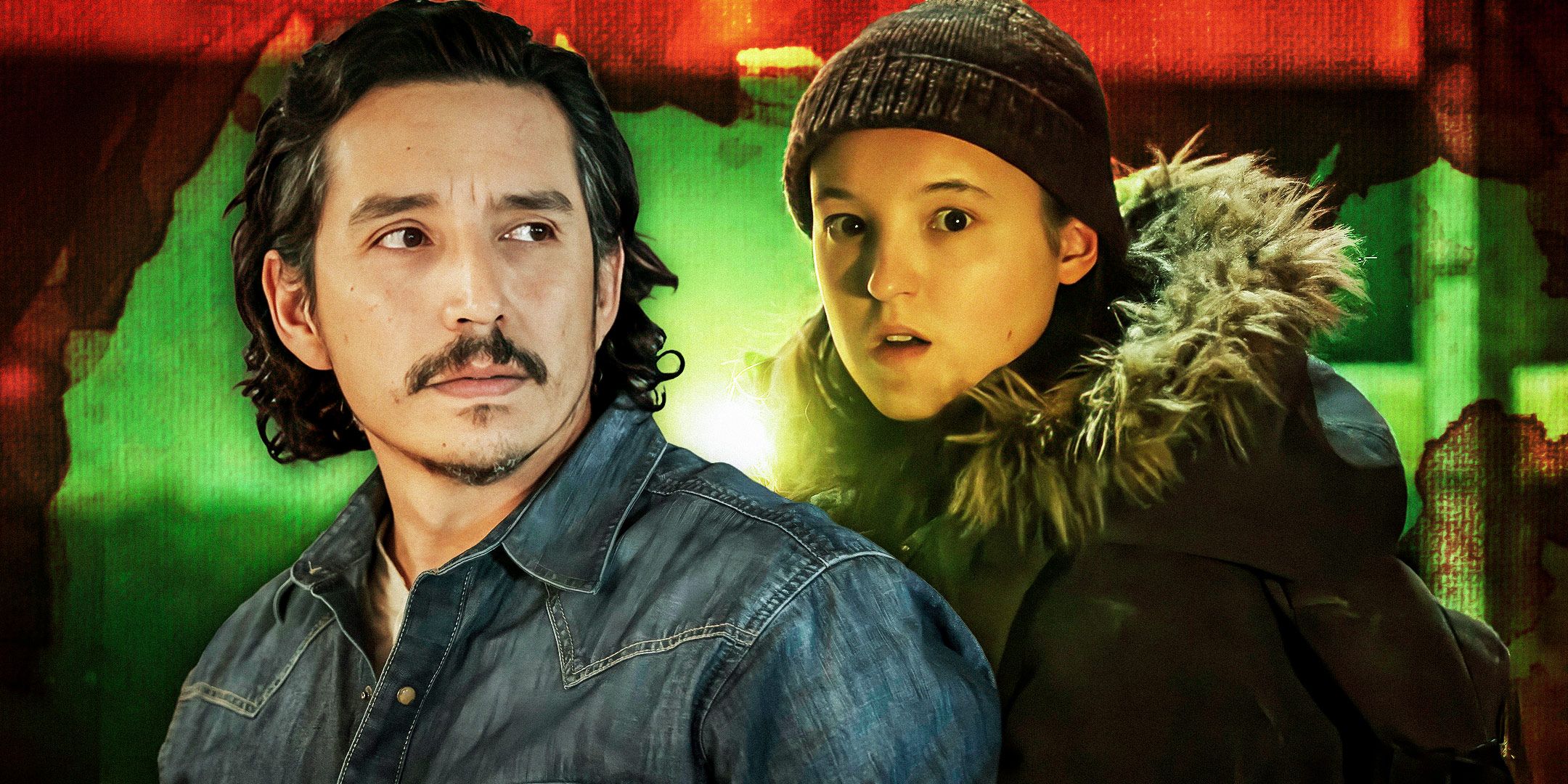
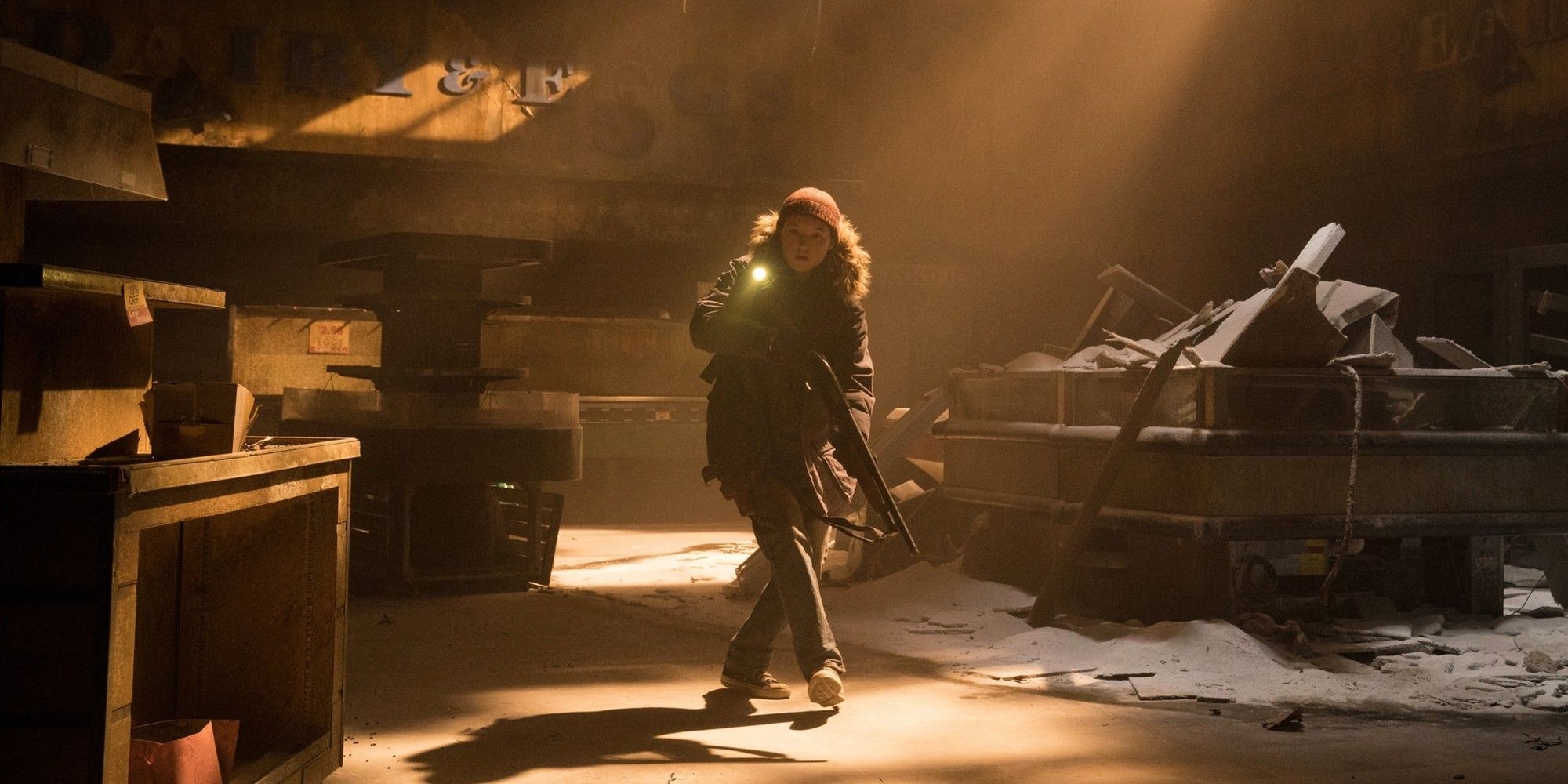
The Last Of Us
- Release Date
-
January 15, 2023
- Network
-
HBO
10
There Were More Infected
The significant lack of infected in the first season of The Last of Us didn’t go unnoticed by fans of the games. It was one of the biggest criticisms players had when it came to HBO’s otherwise outstanding adaptation. While Joel and Ellie’s subsequent father-daughter bond is the focal point of the story, there is no Last of Us without the threat of those cordyceps-infected individuals roaming and ready to pounce at every corner.
They heard the fans’ cries when it came to season two, ensuring there were plenty of infected to go around, from stalkers and runners to those deadly clickers. Hoards were teased in the trailers before the show even began airing, and when the second episode hit TV screens, it became clear just how much they’d improved on the number of infected included this time around. The result was impressive, to say the least, and they also improved the depiction of infected encounters within the series, providing a sense of anxiety anytime they appeared on-screen. Those handly bonus lives unfortunately don’t exist in the real world.
9
Some Characters Were Portrayed Differently
The characters in The Last of Us and their personalities, morals, and choices are part of what continues to make this story so easy to discuss even five years after the second game was released. However, the handling of some of these iconic characters, or at least certain moments throughout season two, remains questionable in the eyes of the gamers aware of these differences.
In particular, Jesse’s outlook on the whole situation was drastically different from the man who stated he would have joined Ellie had she come to him before leaving. Jesse’s bitter personality stuck out as a change many gamers would have preferred not to happen, as that’s far from who he originally was. Jesse has every right to be angry, but for a video game character so dissimilar to how he was portrayed in the HBO series, it didn’t sit right for him to come off so cold. Ellie also had the occasional moment where she was portrayed in a completely different manner than her game counterpart, especially before Joel’s death. She didn’t seem to care about the importance of patrols in the world they lived in back in episode one. She’s suddenly less capable than the survivor she became throughout the events of the first game, and there are moments when all thoughts of revenge are completely forgotten. Lastly, having Ellie and Dina connect romantically while on the revenge mission instead of being a moment that added fuel her guilt just doesn’t seem like the appropriate place either.
8
It Teased the Progression of the Cordyceps Infection
Dismissing the disappointing fact that we didn’t get shamblers added to the mix this season (holding onto hope we’ll get them in season three), the second season did a great job at expanding on the cordyceps infection and how it will ultimately lead to that monumental moment in Abby’s part of the story next season.
Audiences were clued into how the infected were connected in season one with the reveal of the creepy hive mind they shared: step on one patch of fungus, and a dozen will awaken from a mile away. However, season two introduced stalkers, revealing them way earlier than the game did, included spores for a whole new level of threat, and also dropped hints at the rat king to come with subtle dialogue and that tense hospital basement section with Nora. It’s no secret that fans of the games would have loved to have seen shamblers in all their gross, explosive glory, but they did a brilliant job at setting up what’s to come with the information they revealed.
7
It Left Out Some Memorable Parts of Ellie’s Story
Who are we kidding? It left out so many parts of Ellie’s story. Seattle Day One was squished into one episode, which will be discussed more in a later entry. Numerous parts of the Joel and Ellie flashback sequences were scrapped altogether, including the fan-favorite dinosaur walkthrough, alongside many of the traversal elements, which were completely gone.
It’s somewhat understandable to remove the focus on traversal, but with a game like The Last of Us, traveling from point A to B gives so much more life to the environments and how Ellie physically gets to where she ultimately does. Don’t take this the wrong way, however. The way they added the subtle inclusions of easter eggs only players would understand was fantastic; the tank and truck with skeletons and, of course, the music shop were brilliant. There just could have been so much more included, even with just one or two more episodes, to allow the story to breathe a bit more.
6
It Stuck to the Primary Story
Despite leaving out certain game moments many would have loved to have seen in the show, there’s no denying that sticking to the primary story of The Last of Us was the right thing to do, regardless of some people wishing they had gone a different route with certain traumatic events. However, with a game like TLoU, it’s almost impossible to create an accurate adaptation without including those specific happenings that upset many people to begin with.
If moments like Joel and Jesse’s deaths had not been added to the HBO series, people would have complained about straying too far from the source material as it would have created a dramatically varied story to the game. The complex layout of The Last of Us Part II is crammed with moments that directly impact something that will come in the future of the story, whether it be part of Ellie or Abby’s side. Removing them would then directly impact how the rest of it plays out. This is a revenge story. You can’t have a revenge story without the inciting incident that lays the path for vengeance. They made the right choice by sticking to the primary structure of the story.
5
Big Reveals Could Have Been, Well… Bigger
We’ll start with how Ellie reacted to Dina’s pregnancy, as this was a strange thing to alter from the game. Ellie’s reaction in the game was drastically different. She responded with hostility and frustration at how it would affect her goal of hunting down Abby, no matter the cost. This is also an example of how HBO’s Ellie occasionally lost sight of her revenge mission. It didn’t seem right to have such an intense chase scene and fight for survival through one of the game’s most intense infected encounters, only for it to end with a make-out session and sex.
On top of that, other big reveals were diluted compared to the game’s version of events. Not to sound like a broken record of “Oh, this isn’t how the game did it,” but an example would be when Abby immediately revealed her motives for torturing and killing Joel to both him and the audience. This knowledge was a secret for players in Part II until far later, which made the final reveal more surprising. Gamers will be the only ones to notice this difference, but it is a significant reveal that many feel should not have changed. Ellie also never discovered Abby’s connection to the doctor Joel killed, making her journey for vengeance even more blind. Continuing along the topic of finding out significant information in a less impactful manner, when Ellie finally discovered what Joel did, she immediately decided to forgive him within the same five minutes, completely negating the years between her finding out in the game and then choosing to try and forgive him the night before he was murdered, making their final interaction after years of disconnection slightly less meaningful once again.
4
Season 2 Continued Exploring Character Backstories
One thing The Last of Us has always been good at is further exploring its secondary characters in a way the games never did. In the first season, viewers were treated to one of the best episodes of television in a long, long time when they decided to dedicate an entire episode to a love story between Bill and Frank. Bill had an important yet brief role in the first game, but Frank was only included through scattered letters and his body hanging from the ceiling after he was bitten and took his own life. Although never confirmed, something more than a bittersweet connection between the two was hinted and speculated among fans.
When season two rolled around, there were plenty more characters who players wished had a better profile surrounding their history. But the creators went one step further and added scenes that weren’t in the game to give an insight into who they were and how they got to where they are in the present-day show. Issac’s W.L.F. origin, Dina’s heartbreaking backstory, Tommy and Joel’s harsh childhoods, and even a dive into Eugene, who was only ever mentioned in the games. They all had more depth added to their characters, and it was a brilliant way to improve on what they’d already accomplished in the third episode of season one.
3
The Storytelling
For the most part, the storytelling in The Last of Us is fantastic. But for those who’ve played the games and know the story, there are some noticeable changes in placement and execution. As previously mentioned, how Ellie’s character is portrayed at times is questionable and very different from her video game counterpart, but that’s not the only reason why the storytelling in the second season has suffered more than the first.
Season one had a clear goal: get Ellie to the Fireflies by any means possible. It stuck to the game like clockwork, except for a few inclusions and exclusions here and there, but its goal never changed. Season two, however, has been a bit of a rollercoaster ride of objectives, or at least in the way things have been executed. Joel’s death was inevitable. Ellie’s revenge journey was a path also forged in stone, but there have been times when her forgetfulness about the task at hand has instead felt like an unserious jaunt through Seattle, as if the central goal of murder had been pushed to the side, which is quite an important thing to lose sight of.
2
The Set Design Continued to be Outstanding
“That looks straight from the game” is a statement many fans have made during the adaptation of The Last of Us. Since the trailers first teased a world overrun by the cordyceps infection, fans of the games have remained awestruck at how genuinely incredible the set design is for the show. It was breathtaking in season one and has only improved as the story charged into the first half of the second game.
The majority of season one was filmed on-location along with custom-built sets to aid in replicating Naughty Dog’s iconic visuals, which gave it a flawless natural feel in the finished project. They continued with this method in season two, and some of the locations in this season look like they were copied and pasted from one source to another. Both interior and exterior locations have been designed to bring the dilapidated ruins of Seattle and the decaying explorable buildings in Part II to life on TV screens. The set design and production value that have gone into creating the locations of The Last of Us adaptation will always be a shining star in how a video game adaptation should look.
1
The Pacing
Seven episodes were not enough to do Ellie’s Seatle journey justice. To put it in perspective, the first game had nine episodes for its adaptation to squeeze in a bare minimum of thirteen hours of gameplay and cutscenes. They did it in just over eight hours total. The second season had seven episodes to squeeze about the same for Ellie’s half alone, but they did it in just over six. It simply wasn’t enough.
Season one stood superior in its storytelling capabilities, but it was also better with its pacing. After Joel’s death in the second game, Ellie and Dina leave for Seattle within days, with Maria’s permission, following Tommy, who left before them without anything but a note. Obviously, with the inclusion of the Battle of Jackson, this couldn’t happen in the show. But having a three-month time jump seems inconsistent with a story based solely on a revenge mission that’s constantly picking up speed as it progresses. The fluidity just wasn’t there as it had been before with the non-stop flow of the game. Despite a few pacing issues in Abby’s section, Part II moved along nicely. Hopefully, it will improve in season three if they are granted more episodes to work with.

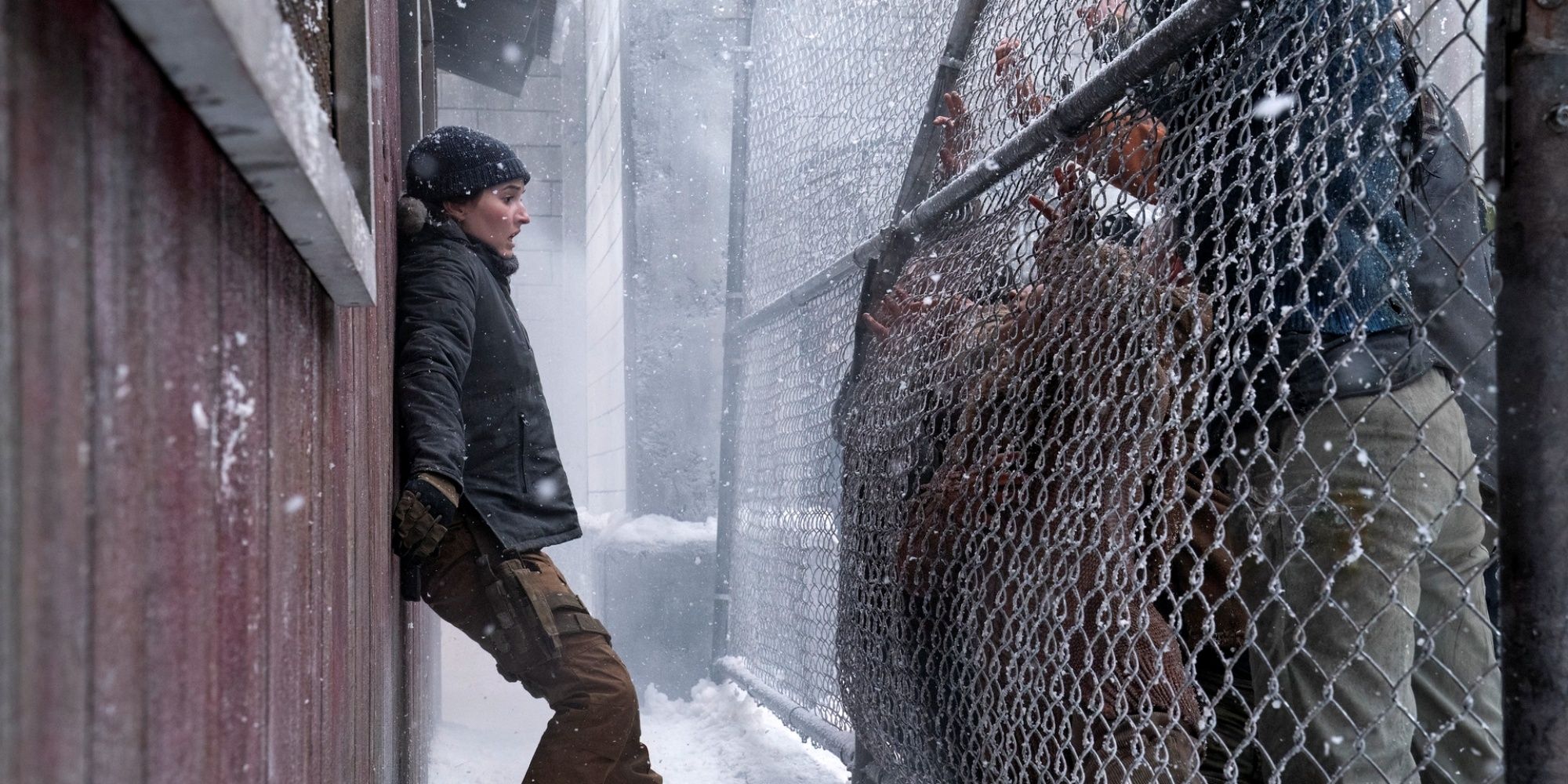
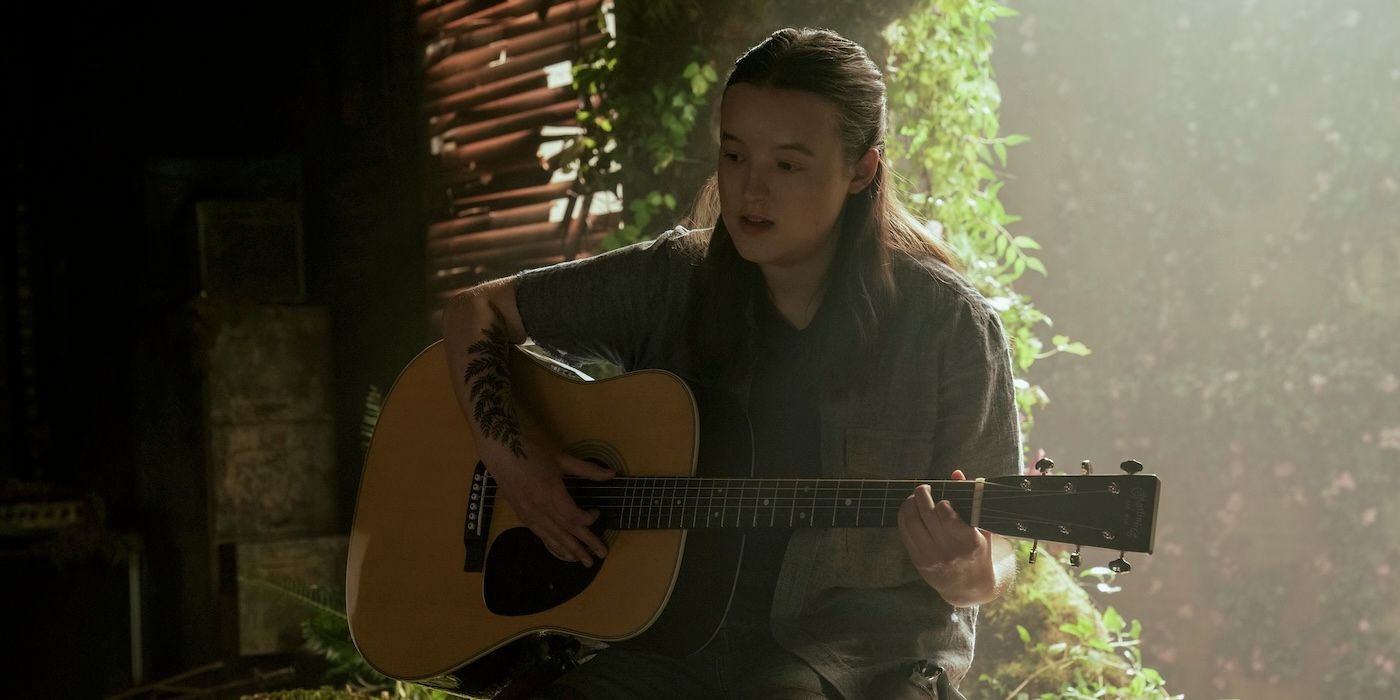
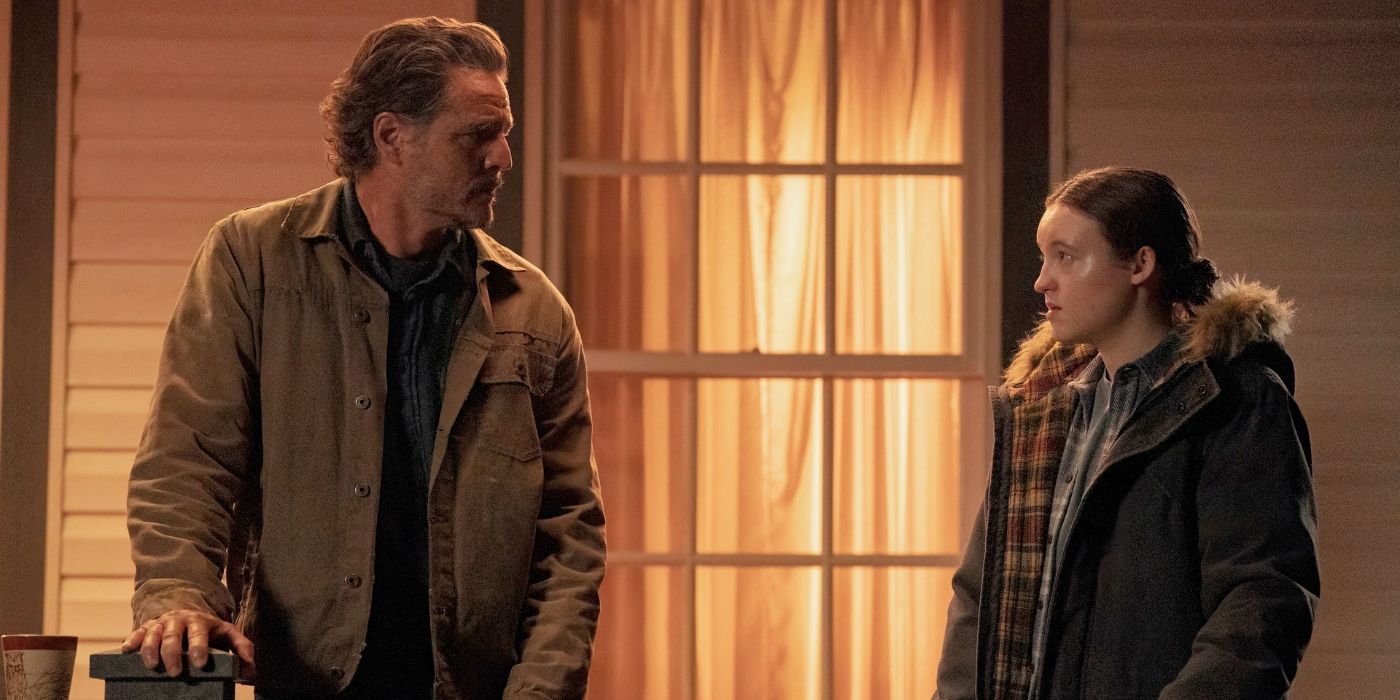
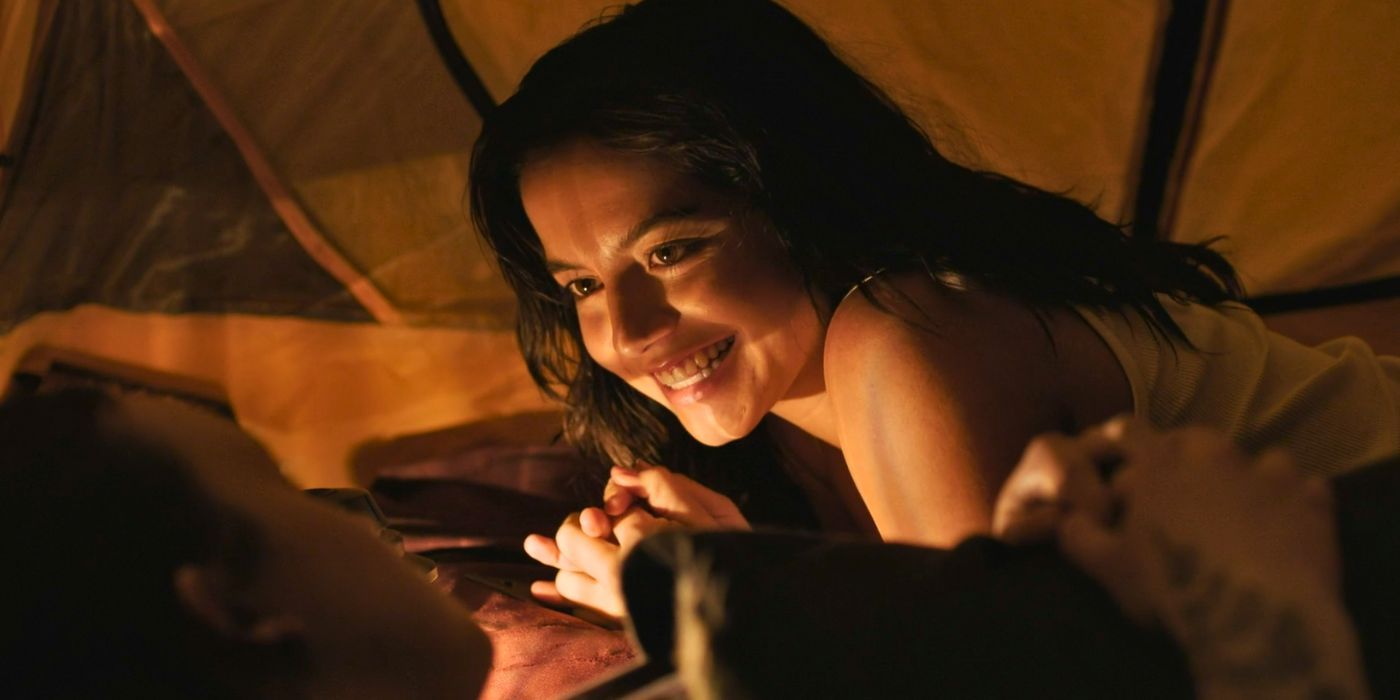
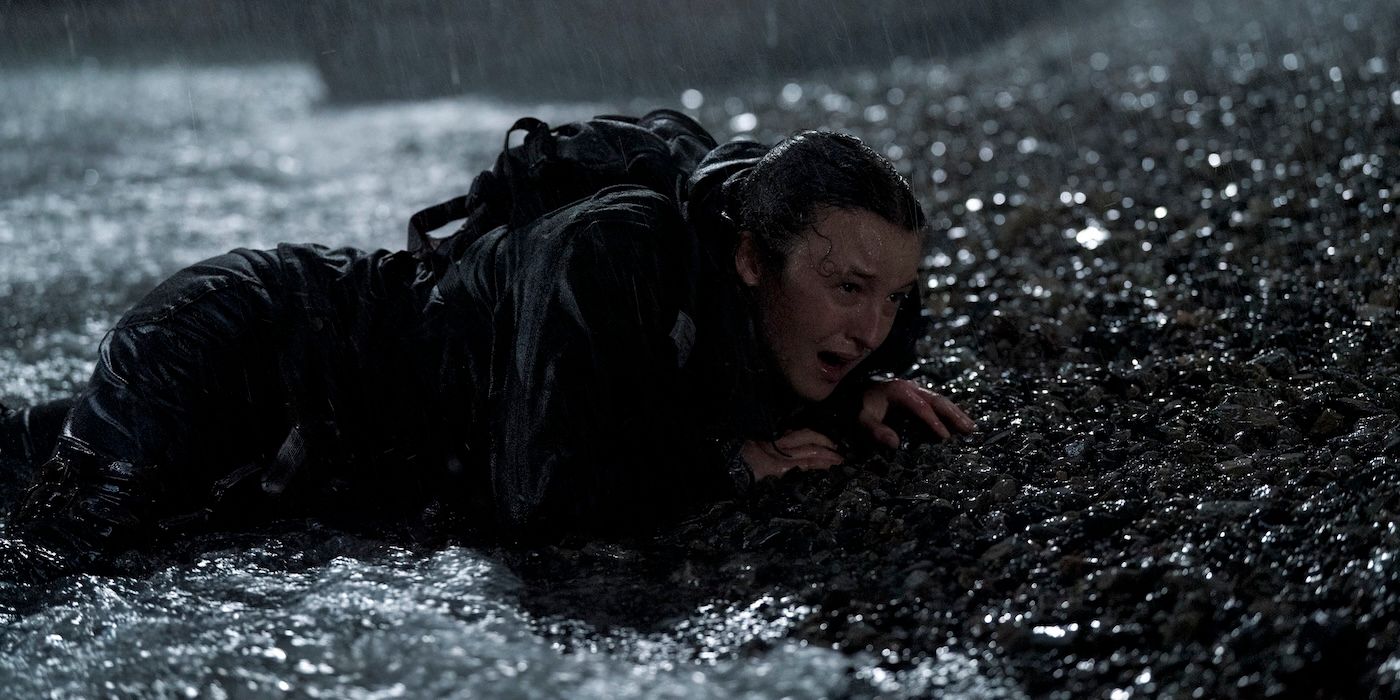


![Who Is [SPOILER]? ‘Ironheart’s Surprise ‘Iron Man’ Connection Explained Who Is [SPOILER]? ‘Ironheart’s Surprise ‘Iron Man’ Connection Explained](https://static1.colliderimages.com/wordpress/wp-content/uploads/2025/06/ironheart-dominique-thorne-1.jpg)

